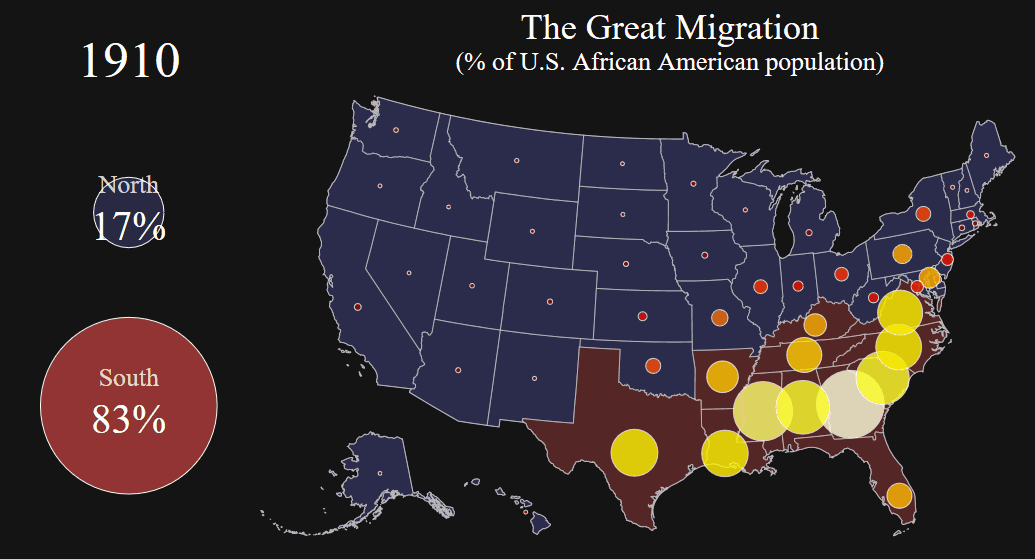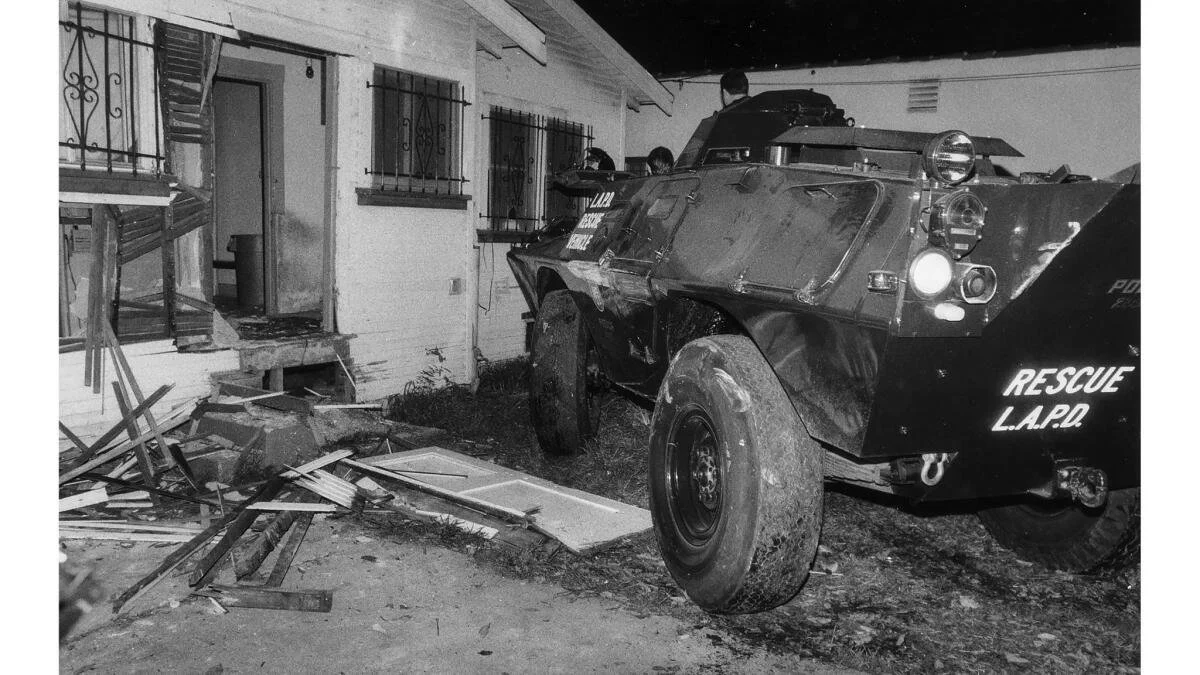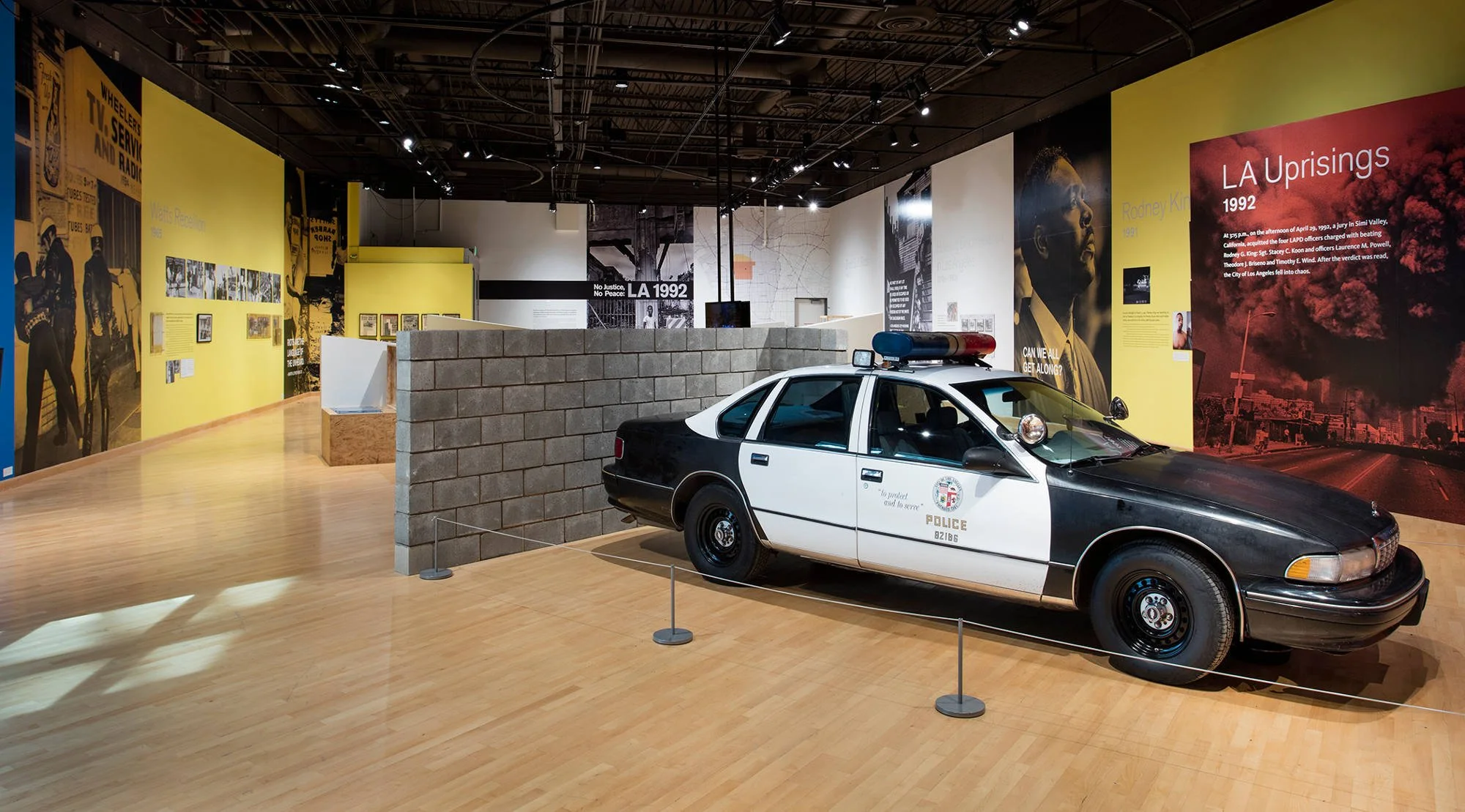Why Afrospatialism™ Is Personal: Migration, Memory, and Black LA
The Personal Heritage of NOMMO’s Founder, Tyree Boyd-Pates, and the Legacy of Afrospatialism™ in Los Angeles, California
Kwasi Boyd-Bouldin of Nonstndrd Creative Projects (left) and Tyree Boyd-Pates of NOMMO Cultural Strategies (right) at LA Design Festival ‘25 in DTLA.
Last week, we introduced Afrospatialism™, our newest framework for reimagining Black space, and shared how it made its debut at the 2025 LA Design Festival.
This week, we explore the personal and cultural roots of Afrospatialism™ through the lived histories of NOMMO’s founder, Tyree Boyd-Pates, and his creative collaborator and Uncle, Kwasi Boyd-Bouldin of Nonstndrd Creative Projects.
At NOMMO, our work is rooted in the legacy of Black America. For both Kwasi and Tyree, Afrospatialism™ is more than a framework. It is an inheritance, shaped by their families’ journeys as part of the Great Migration, when millions of Black Americans moved westward in search of refuge and possibility. For their family and other Black Angelenos, that journey culminated in Los Angeles, CA. But their families’ dream, persisted.
As Tyree shares:
“Our families weren’t just moving. They were fleeing. And what they hoped for wasn’t just survival. They imagined something freer for us. Afrospatialism is our way of protecting that dream.”
The Great Migration (% of U.S African American Population).
We approach our practice as sons of the Great Migration—that 20th-century exodus movement in which more than six million Black Southerners fled Jim Crow in search of safety, autonomy, and possibility. Our family was part of that historic exodus, guided by the quiet courage and vision of our matriarchs.
When Kwasi’s mother and Tyree’s grandmother arrived in South Central Los Angeles with her children in the 1980s, she carried more than just their belongings. She held onto an audacious hope that, as a Black family, they might live freer, fuller lives out West. For their matriarch, who was raised in Riceboro and Savannah, Georgia, during the era of American apartheid -when “Whites Only” signs barred her from water fountains, libraries, and public dignity, Los Angeles offered a sense of relief and promise that differed from both the South and the hustle of Northern cities like New York and Chicago.
Central Avenue street scene, Federal Writers' Project, 1939 Los Angeles Public Library
Feb. 18, 1986: A Los Angeles Police Department battering ram sits next to a South Los Angeles home damaged during a police raid.(Jack Gaunt / Los Angeles Times)
But Los Angeles was never a promised land. Like so many Black migrants to the city, our families encountered new forms of spatial exclusion: redlining, white flight, freeway construction, police violence during the War on Drugs, disinvestment, and, more recently, gentrification. And still, in neighborhoods like Crenshaw, Inglewood, Compton, Altadena, and even in unexpected pockets like Hollywood, Black families like theirs carved out vibrant communities and enclaves. These places remain sites of resistance, survival, and cultural brilliance, despite divestments.
After living in South Los Angeles, Tyree’s family relocated to the Koreatown neighborhood of East Hollywood, a densely populated area with a rich cultural and business history. There, he experienced the 1992 Los Angeles Uprisings firsthand, witnessing the clash of economic frustration, racial injustice, and civic neglect among the city’s diverse communities both during and in the wake of the civil rebellion. These early experiences shaped his path and laid the foundation for the language he would later develop as a historian and museum curator, as evident in his exhibitions, where he showcased the Black experience in Los Angeles within museum spaces. Tyree translated community concerns into spatial stories, using Afrofuturism to envision Black histories and futures where Black lives are not secondary but central to city, state, and national narratives. Notably, through his debut exhibition, "No Justice, No Peace, LA 1992," held in 2017 at the California African American Museum, he showcased his afrospatial work.
“Curation became my protest. Afrospatialism is the vocabulary I built to honor our ancestors while fighting for our right to remain, to dream, and to be seen in full.” — Tyree Boyd-Pates
“No Justice, No Peace, LA 1992” exhibit at the California African American Museum, 2017, curated by Tyree Boyd-Pates.
This is why Afrospatialism™ matters. It reflects on what Black Los Angeles has been, and reimagines what it can become. It invites us to dream, design, and defend Black space as sacred, inherited, and future-facing. Its lineage draws from creative ancestors like architect Paul R. Williams and writer Octavia E. Butler, who both imagined Black presence where it had been erased or unacknowledged.
Through NOMMO and Nonstndrd, both honor those who came before us, and lay a foundation for those to follow from LA and beyond. These futures are not only desired. They are reimagined to hold and maintain Black space with power and purpose beyond spatial confines.
Download the Afrospatialism™ Manifesto and discover how we’re reclaiming Black space through design, memory, and imagination here. Next week, we will reveal what incorporating Afrospatialism into practice looks like.






